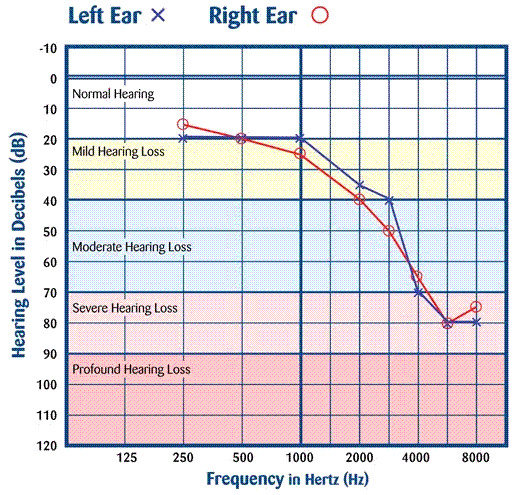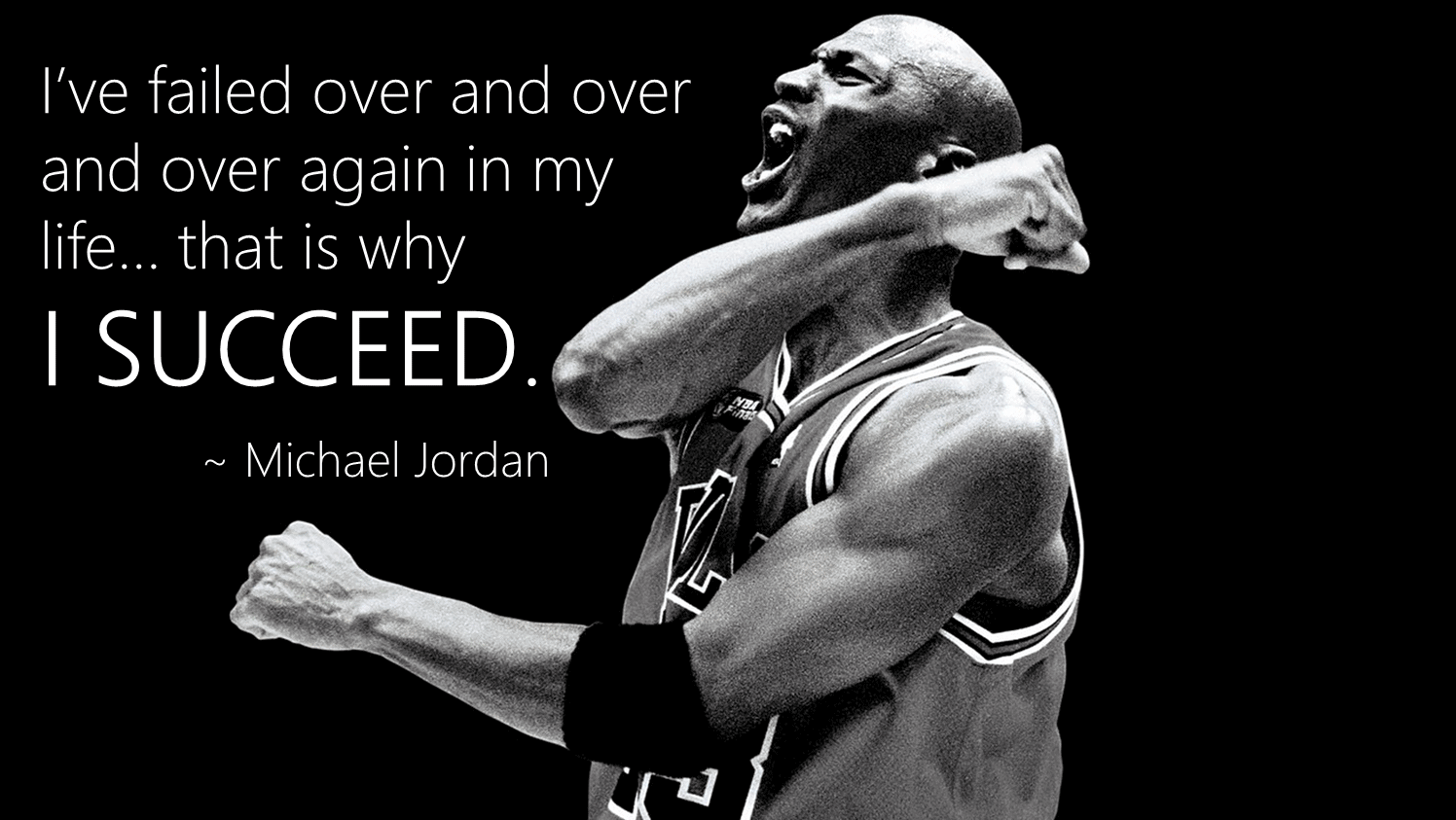I was born with a bilateral (means both ears) sensorineural hearing loss. The sensorineural part means hearing loss in the inner ear — typically missing or damaged sensory cells (hair cells) in the cochlea (see image below). The cochlea is snail-like shaped that has millions of tiny nerve (sensory cells) that basically carry sound waves to the brain for processing. Within the range of sounds that we all hear and experience on a daily basis, hearing loss typically occurs in the high frequency sounds (e.g. the letters s, h and f, mosquito flying by). Examples of low frequency sounds include an airplane, male voice and foghorn. I have a high frequency hearing loss, which means in many of the higher frequencies I am deaf, but have fairly good hearing in the low frequency sounds. Overall, my hearing loss is considered moderate to severe in my left ear and severe to profound in my right (hearing is better in my right ear). On the hearing loss spectrum, it starts with normal hearing, mild, moderate, severe, profound and deaf.
Below is a depiction of what my hearing looks like on an audiogram. As you can see it’s what you call a “sloping hearing loss”, which is a typical hearing loss for older people (note: I am not old but wanted to point this out)!
I was diagnosed with my hearing disability when I was two and a half, and after diagnosis I was quickly fitted with hearing aids and began learning how to speak. Up to that point I was unable to speak one word. What transpired during the course of my childhood and adolescent years was a more significant obstacle than the hearing loss itself. And that was a speech impediment, or “stutter”. I distinctly remember going through junior high school and high school being very socially active and comfortable in social situations but literally being completely unable to speak a word in a formal and public setting. Speak up in class in any form whatsoever? Absolutely not… was literally impossible. I often describe my speech impediment as sometimes debilitating, emotionally and physically. It can suck every ounce of energy out of you as you do whatever you can to speak.
Of course times have changed for me, through hard work, dedication, courage and risk-taking I slowly climbed that steep mountain. The first big break-through for me was when I was pushed myself as a 16 year-old and spoke at a conference in front of 500+ parents of young hearing impaired children. I got up on that stage extremely nervous and feeling the full weight on my shoulders. I faced my ultimate fears and began talking about my life growing up with a hearing impairment. Did I stutter? Absolutely. Was I frightened? Big time. What eventually happened was nothing short of a miracle. After 10 minutes I realized I was actually doing it. It wasn’t pretty but the audience was responding in a way I never imagined. My nerves eventually calmed, I felt more relaxed and I was able to leverage all of the hard work I did in being able to speak freely.
Fast forward to today, I still face the exact same fears as I did growing up. But, being true to myself I have always and will always face my fears head on. I have now spoken publicly to more than 40 audiences of all sizes ranging from 15 to 500 on many different topics of personal interest. The good news though is for the first time in over a decade, starting this year, I will be speaking about diversity and inclusion, my disability and leadership at HR Conferences across North America.
My hearing disability and speech impediment will always be a part of who I am. Regardless of the adversity I have experienced, it is this adversity that has enabled me to succeed and achieve new heights in personal and career.

